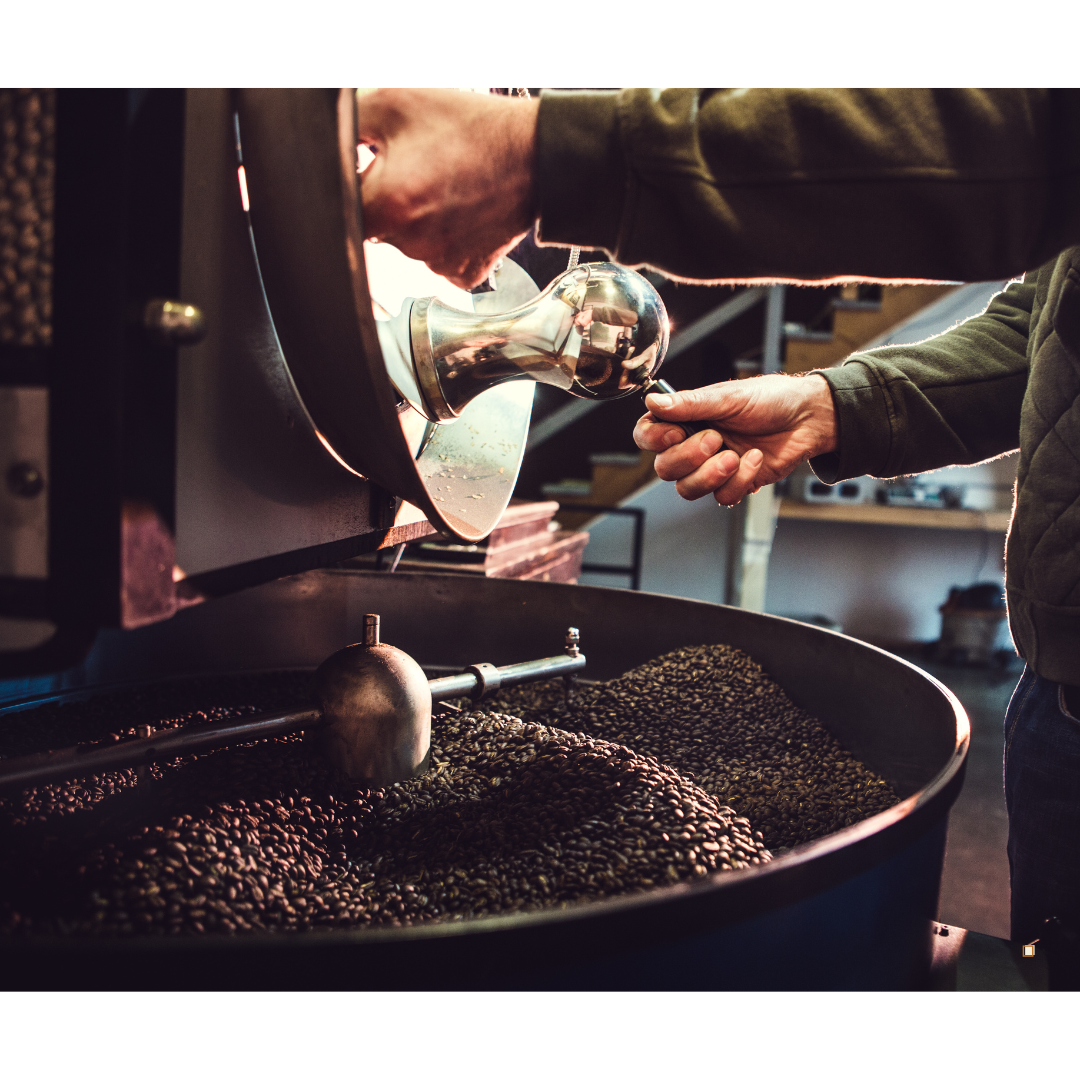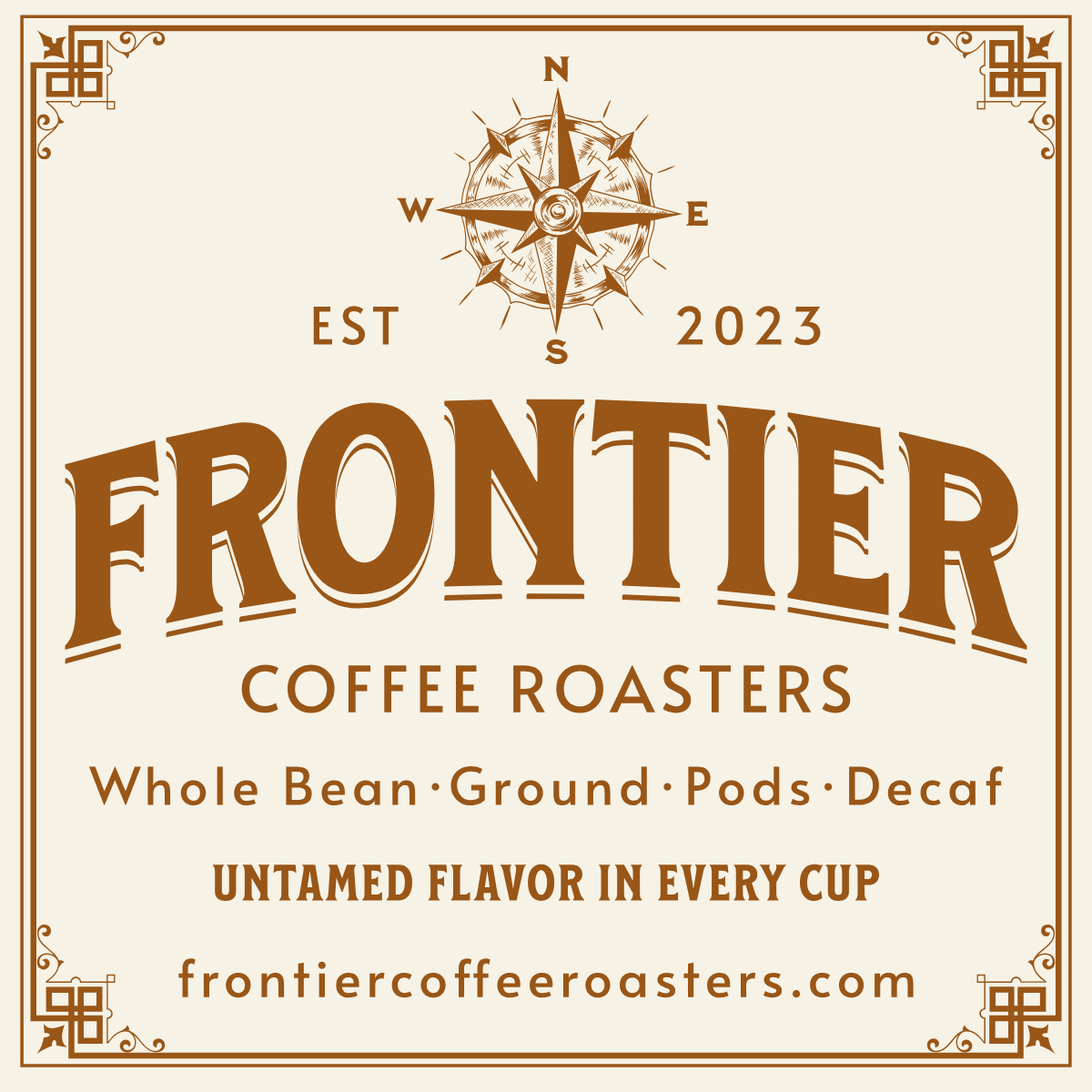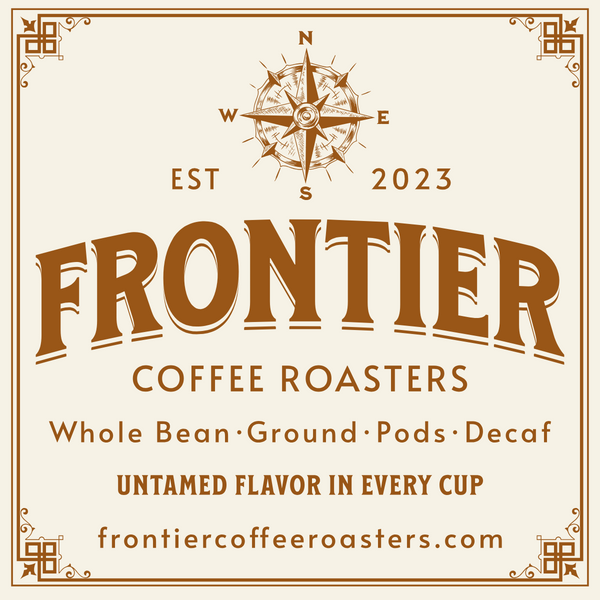
French Press vs. Pour-Over: What’s the Best for Small Batch Coffee?
When it comes to enjoying your favorite small batch coffee, choosing the right brewing method can make all the difference. French press and pour-over are two popular methods that offer unique ways to extract flavors from high-quality beans, each highlighting different aspects of the coffee’s profile. Whether you’re a die-hard French press fan or a pour-over enthusiast, understanding the strengths of each brewing method can help you decide which one best suits your taste preferences.
French Press: Full-Bodied and Rich
The French press is a classic brewing method known for producing a robust and full-bodied cup of coffee. This method involves steeping coarsely ground coffee in hot water for several minutes before pressing the grounds to the bottom of the carafe using a plunger. The metal mesh filter allows the coffee’s natural oils and fine particles to remain in the brew, resulting in a rich, velvety mouthfeel.
One of the biggest advantages of using a French press is the level of control it offers over the brewing process. You can adjust the steeping time and grind size to achieve your desired flavor profile. For those who love a bold, heavy cup of coffee with a strong presence of oils and sediment, the French press is an excellent choice.
However, because the French press doesn’t use a paper filter, it may not be the best method for those who prefer a clean and crisp cup. The presence of coffee oils and fine particles can make the brew taste heavier, which may not be ideal for showcasing the delicate and nuanced flavors often found in artisan coffee. Additionally, if the steeping time isn’t monitored carefully, the coffee can become over-extracted, leading to bitterness.
Pour-Over: Clean and Bright
Pour-over coffee, on the other hand, is known for delivering a clean and crisp cup that accentuates the bright and nuanced flavors of the coffee beans. This method involves pouring hot water over medium-ground coffee in a filter, allowing the water to flow through the grounds and into a carafe or mug. The use of a paper filter removes most of the oils and sediment, resulting in a lighter and more refined brew.
Pour-over brewing requires precision and patience, as the water must be poured in a controlled, circular motion to ensure even extraction. This method is perfect for highlighting the intricate flavors and aromas of this coffee style, especially single-origin varieties with complex flavor profiles. Coffee enthusiasts who appreciate tasting notes like floral, fruity, or citrusy will likely enjoy the clarity that pour-over brewing provides.
The downside of the pour-over method is that it can be time-consuming and requires more attention to detail compared to the French press. Factors such as water temperature, pouring speed, and grind size all play a crucial role in achieving the perfect cup. For those who are new to pour-over brewing, it may take some practice to master the technique.
Comparing the Flavor Profiles
One of the key differences between French press and pour-over brewing is the flavor profile they produce. French press coffee tends to have a fuller body and a more intense flavor, making it ideal for beans with rich, chocolatey, or nutty notes. The presence of oils and fine particles adds depth to the cup, which can be especially enjoyable in the colder months or for those who prefer a more robust coffee experience.
In contrast, pour-over coffee offers a lighter body and a cleaner taste, allowing the natural acidity and brightness of the beans to shine. This method is excellent for highlighting the terroir of single-origin coffees and works well with beans that have delicate, floral, or fruity flavors. If you’re someone who enjoys exploring the subtleties of your coffee, pour-over brewing provides a more refined experience.
Choosing the Right Grind Size and Water Temperature
Both brewing methods require the right grind size and water temperature to bring out the best in your small batch coffee. For French press, a coarse grind is essential to prevent over-extraction and ensure a smooth cup. The ideal water temperature is around 200°F (93°C), which allows the coffee to steep evenly without scalding the grounds. Steeping for about four minutes is a good starting point, but you can adjust the time based on your taste preferences.
For pour-over brewing, a medium grind size is recommended to allow the water to flow through the grounds at the right pace. The water temperature should also be around 200°F (93°C), and the pouring technique should be slow and steady to achieve even extraction. Using a gooseneck kettle can help you maintain control over the pour, ensuring that all the coffee grounds are saturated evenly.
When to Choose French Press for Small Batch Coffee
If you’re brewing a pot of small batch with bold and complex flavors, the French press can be an excellent choice. The full immersion method brings out the coffee’s richness and body, making it ideal for beans with chocolate, caramel, or nutty undertones. This brewing method is also perfect for coffee drinkers who enjoy a heavier, more satisfying cup with a velvety texture.
Additionally, the French press is a great option for those who want a simple and straightforward brewing process. It’s easy to use, doesn’t require any special equipment, and can brew multiple servings at once, making it perfect for sharing with friends or family.
When to Choose Pour-Over for Small Batch Coffee
If you’re looking to bring out the delicate, nuanced flavors in your small batch coffee, pour-over brewing is an excellent method to explore. It’s especially well-suited for single-origin beans known for their bright acidity and layered tasting notes—like Ethiopian or Kenyan coffees. The pour-over technique delivers a clean, crisp cup that lets the unique characteristics of the origin truly shine.
Pour-over is also ideal for coffee lovers who enjoy precision and experimentation. The ability to control every element—grind size, water temperature, and pour rate—makes it a rewarding process for those passionate about mastering the art of brewing. Though it requires a bit more attention and technique, the end result is a beautifully balanced cup that reflects the true essence of the beans.
Ultimately, both pour-over and French press methods offer unique ways to elevate your coffee experience. At Frontier Coffee Roasters, we invite you to experiment with different brewing styles to discover what brings out the best in your favorite beans. For more brewing tips and inspiration, visit our small batch coffee hub.

